Useful Article For You
- What Is Bod
- What Is Rock
- What Is Sand
- What Is MDF
- What Is Grout
- What Is Rebar
- What Is Bridge
- What Is a Soffit
- What Is Mortar
- What Is Tender
- What Is Stucco
- What Are Pavers
- What Is Tension
- What Is Asphalt
- What Is Drywall
- What Is a Column
- What Is a Parapet
- What Are Lumens
- What Is a Scaffold
- What Is Hard Hat
- Cellar Vs Basement
- What Is Hempcrete
- What Is Tpo Roofing
- What Is a Mezzanine
- What Is Precipitation
- What Is a Foundation
- What Is Acacia Wood
- What Is the Rock Cycle
- What Is a Window Sash
- What Does Gis Stand for
- What Is Cement Made of
- What Size Is a Queen Bed
- What Is Concrete Made of
- What Is Self-Compact Concrete
- What Color Light Helps You Sleep
- What to Look While Buying Best Door Locks for Your Next Home
What Is Load in Civil?
Important Point
There are different types of load than working on a structure, the design, location, and similar nature of which will vary.
Design requirements are usually specified in terms of the maximum load that a structure must be able to withstand.
The load is usually classified as either dead load or live load. Dead loads, also known as permanent or static loads, are those that remain relatively constant over time and, for example, the weight of structural elements of a building, such as beams, walls, ceilings, and structural floors. Component.
Dead loads may include permanent non-structural partitions, fixed fixtures, and even built-in cupboards.
Live loads (applied or imposed loads) may vary over time. Typical live loads may include audience weight in an auditorium.
Live Load Vs Dead Load
Dead Load-
Dead loads are static forces that are relatively constant for an extended time. They can be in tension or compression.
The term can refer to a laboratory test method or to the normal usage of a material or structure.
In short, the dead weight of a structure includes its full weight, usually measured in pounds per square foot before it goes into service.
Floors, walls, ceilings, columns, staircases, permanent appliances, and any fixed decoration create a static load that does not typically change over the life of the building.
To quote Nischian again: “[D] loads account for non-dynamic forces having constant and permanent force on a structure.”
Therefore, the calculation of dead load, the weight of its components, and pressures applied in a downward direction from the ground before taking additional load from living or use in a building must include the foundation system, the construction material employed, and concrete for any service.
Equipment such as elevators, and ductwork, plumbing, fixed manufacturing equipment, etc.
Also, read: M30 Grade of Concrete Mix Design Procedure with OPC 53 Cement
Live Load-
Live loads are usually variable or moving loads. These can have a significant dynamic element and may involve considerations such as impact, momentum, vibration, slosh dynamics of fluids, etc.
Live load refers to occupational forces from occupancy and intended use. They represent transient forces that can be moved through the building or act on a particular structural element.
Also measured in PSF, these weights include people’s estimated weights, furniture, appliances, automobiles, movable equipment, and the like.
The American Society of Civil Engineers (ASCE) requires that the minimum live load in the design should always exceed the maximum anticipated live load during the life span of the building in the Caseloads.
ASCE guidelines set live loads according to categories of occupancy and use per building type.
Because live load depends on structural strength, knowledge of the exact planned use of the building is important. The lack of dead load, or lack thereof, often defines how much live weight it can handle.
Reinforced concrete forms the heaviest load, but also supports the most weight with its tremendous compressive strength.
Structural steel provides very little of a dead load and provides better support for live loads in multi-story buildings. Natural and engineered wood rest relatively lightly on foundations but support a lower live load than steel and concrete.
Also, read: What Is Spalling Concrete | Causes of Spalling in Concrete | Repairing Concrete Spalding
Environmental Regulations:
Before an edifice can pass the requirements, the structural design must also subsequently include other dynamic loads acting on it.
These environmental loads can come from snow, soil movement, and seismic activity.
Naturally, Colorado Front Range codes are mild on seismic control, but certainly a factor of extreme snow, wind, and soil conditions.
The different types classified as vertical loads, horizontal loads, and longitudinal loads. Vertical loads include dead loads, live loads, and impact loads.
Horizontal loads include wind loads and earthquake loads.
Longitudinal loads, i.e. tractive and braking forces, are considered in special cases of design of bridges, gantry girders, etc.
Also, read: Concrete Material Calculation / Concrete Quantity
Useful Article for You
- Zero Force Members
- How Much Does a Yard of Concrete Weigh
- Cmu Wall Meaning
- Skeleton Steel Framing
- Gradient Road
- Budget Sunroom Ideas
- What Is Gypsum Board
- Types of Vaulted Ceilings
- How Does Baking Soda Remove Blood from Carpet
- What Are Forms in Construction
- How Heavy Is Dirt
- Tender Meaning in Architecture
- Dark Olive Green House
- Cast in Place Concrete
- Lean to Roof
- How Tall Is an Average Door
- Window Sill Height
- Finishing Plaster
- Home Depot Scrap Wood
- Lvl Beam Size Calculator
- Structural Shell
- Curb Types
- Msand
- Optimum Dry Meaning
- Disadvantages of Low-E Glass
- Bridge Abutment Definition
- Build Materials List
- Composite Masonry Wall
- Is Cedar a Hardwood or Softwood
- Modified Proctor Test
- Physical Properties of Sand
- Crane Machine Construction
- Types of Gable Roofs
- Door Frame Types
- How Much Does 55 Gallons of Oil Weigh
- Dog Leg Stairs
- Concrete Salt Finish
- Westpoint Bridge Builders
- Types of Porches
- Hempcrete Disadvantages
- Roof Pitch Types
- Types of Weirs
- Asphalt Floor
- Dutch Roof
- #6 Rebar Weight Per Foot
- Prizmatic Compass
- Bond Break Concrete
- Poured Concrete Wall Cost Calculator
- How Many 60 Lb Bags of Concrete in a Yard
- Wood Fence Post Spacing Chart
- Falsework
- Design of Building Structures
- Topping Slab
- Types of Cinder Blocks
- Fresh Concrete
- Door Colors for Red Brick House
- Clear Cover Concrete
- Tiles Brand
- Cement Consumption in Plaster
- Weight of Concrete Slab Calculator
- Is Clay Smaller Than Silt
- How to Calculate Dead Load
- Bad Concrete Work
- Stepped Foundations
- Residential Construction Cost Estimator Excel
- Different Construction Trucks
- Septic Pump Replacement Cost
- Dead Load Calculator
- Beam Vs Column
- Concrete Mix Ratio
- Caisson Foundation
- Glulam Beam Weight Calculator
- Bituminous Pavement
- M30 Mix Ratio
- Is 2502
- Reinforced Brick Work
- Plinth Level
- Trapezoidal Footing Formula
- Slab Steel Calculation
- Rolling Margin of Steel
- Top 20 Pvc Pipe Brands in India
- Top 5 Cement in India
- How Much Weight Can a 6×6 Support Horizontally
- Types of Curtains
- Building Estimate Excel Sheet
- How Is the Skeleton Similar to the Frame of a House?
- Which of the Following Best Explains Why Buildings Tip During Earthquakes?
- Rate Analysis of Civil Works
- Water Tank Company Name
- 1 Soot in Mm
- Reinforcement Lap Length Table
- Well Point
- Plastering Ratio
- Rcc Value Day
- How Many Brick in a Cube
- Dubai Construction Company
- Steel Metal Price Per Kg
- Bathroom Fittings Company
- Coarse Sand Density
- Symbol for First Angle Projection
- Control Lines Construction
- Steam Roller Weight
The Types of Loads Acting on a Structure Are:
- Dead Weight.
- Load applied.
- Wind load.
- Snow Weight.
- Earthquake load.
- Special load.
Calculate the volume of the slab and multiply the density of the material from which it is made.
For example, if you are working with a rectangular prismatic slab, you would multiply the area of the slab’s thickness and the resulting time density (for concrete, it is 2200 to 2400 kg per cubic meter).
Once you have mass, it multiplies gravity to increase weight, which is the dead load.
This is a concentrated load, so you should distribute it on the surface of the slab.
As it may be noted that the phase thickness of the multiplication of the field is redundant, because, in the end, you would divide it at the same value, but I pointed it out because I think it is conceptually important.
Live Load Vs Dead Load
The dead loads are permanent loads which result from the weight of the structure itself or from other permanent attachments, for example, drywall, roof sheathing and weight of the truss. Live loads are temporary loads; they are applied to the structure on and off over the life of the structure.
Dead Load and Live Load
Dead loads are static forces that are relatively constant for an extended time. They can be in tension or compression. The term can refer to a laboratory test method or to the normal usage of a material or structure. Live loads are usually variable or moving loads.
What Is the Difference Between Live Load and Dead Load?
Dead loads are static forces that are relatively constant for an extended time. They can be in tension or compression. Live loads are usually variable or moving loads. These can have a significant dynamic element and may involve considerations such as impact, momentum, vibration, slosh dynamics of fluids, etc.
Dead Load vs Live Load Examples
A load combination results when more than one load type acts on the structure. For example, in designing a staircase, a dead load factor may be 1.2 times the weight of the structure, and a live load factor may be 1.6 times the maximum expected live loa.
What Is the Difference Between Dead Load and Live Load?
The dead loads are permanent loads which result from the weight of the structure itself or from other permanent attachments, for example, drywall, roof sheathing and weight of the truss. Live loads are temporary loads; they are applied to the structure on and off over the life of the structure.
Is Snow a Dead Load or Live Load?
Live loads are those loads produced by the use and occupancy of a building or structure and do not include construction loads, environmental loads (such as wind loads, snow loads, rain loads, earthquake loads and flood loads) or dead loads (see the definition of “Live Load” in IBC 202).
Is Furniture Live or Dead Load?
In any building the furniture is considered as the Live Load. This is because the loading could be there, or it may not, or it may vary. It may also be slightly more than anticipated, which is why Live Loads have a larger factor of safety applied to them in Structural Design.
What Is Considered Live Load?
Live loads refer to the transient forces that move through a building or act on any of its structural elements. They include the possible or expected weight of people, furniture, appliances, cars and other vehicles, and equipment.
What Is Live Load Example?
Typical live loads may include; people, the action of wind on an elevation, furniture, vehicles, the weight of the books in a library and so on. A live load can be expressed either as a uniformly distributed load (UDL) or as one acting on a concentrated area (point load).
What Is an Example of a Dead Load?
Dead loads are structural loads of a constant magnitude over time. They include the self-weight of structural members, such as walls, plasters, ceilings, floors, beams, columns, and roofs. Dead loads also include the loads of fixtures that are permanently attached to the structure.
What Is a Live Load in Structural Design?
Live loads refer to the dynamic forces from occupancy and intended use. They represent the transient forces that can be moved through the building or act on any particular structural element.
What Is Live Load and Dead Load in Construction?
The dead loads are permanent loads which result from the weight of the structure itself or from other permanent attachments, for example, drywall, roof sheathing, and weight of the truss. Live loads are temporary loads; they are applied to the structure on and off over the life of the structure.
Difference Between Dead Load and Live Load
Dead loads are static forces that are relatively constant for an extended time. They can be in tension or compression. Live loads are usually variable or moving loads. These can have a significant dynamic element and may involve considerations such as impact, momentum, vibration, slosh dynamics of fluids, etc.
What Is the Difference Between Total Load and Live Load?
Live loads refer to the dynamic forces from occupancy and intended use. They represent the transient forces that can be moved through the building or act on any particular structural element. The total dead plus live loads equal the “gravity load” of the structure. But yet more loads act upon buildings, as well.
What Is a Live Load in Construction?
Live loads refer to the transient forces that move through a building or act on any of its structural elements. They include the possible or expected weight of people, furniture, appliances, cars and other vehicles, and equipment.
What Is Dead Load?
A constant load in a structure (such as a bridge, building, or machine) that is due to the weight of the members, the supported structure, and permanent attachments or accessories.
Live Load Is Also Known as
Live loads are also called imposed loads and they are either moving loads, or movable loads, that do not have any impact or acceleration. All these loads are part of what an occupant brings into the building. These items are normally furniture and movable partitions.
What Is an Example of a Live Load?
The weight of occupants, snow and vehicles, and the forces induced by wind or earthquakes are examples of live loads. The magnitudes of these loads are not known with great accuracy and the design values must depend on the intended use of the structure.
A Dead Load Is
Aconstant load in a structure (such as a bridge, building, or machine) that is due to the weight of the members, the supported structure, and permanent attachments or accessories.
Dead Load Examples / Example of Dead Load
Dead loads are structural loads of a constant magnitude over time. They include the self-weight of structural members, such as walls, plasters, ceilings, floors, beams, columns, and roofs. Dead loads also include the loads of fixtures that are permanently attached to the structure.
Live Loads Examples / Example of Live Load
Typical live loads may include; people, the action of wind on an elevation, furniture, vehicles, the weight of the books in a library and so on. A live load can be expressed either as a uniformly distributed load (UDL) or as one acting on a concentrated area (point load).
Dead and Imposed Load
Dead loads may also include permanent non-structural partitions, immovable fixtures and even built-in cupboards. Live loads (applied or imposed loads) may vary over time. Typical live loads might include the weight of the audience in an auditorium, the books in a library, traffic loads and so on.
Dead Load in Building
Dead loads are structural loads of a constant magnitude over time. They include the self-weight of structural members, such as walls, plasters, ceilings, floors, beams, columns, and roofs. Dead loads also include the loads of fixtures that are permanently attached to the structure.
What Are Live Loads in Construction?
Live loads are also called imposed loads and they are either moving loads, or movable loads, that do not have any impact or acceleration. All these loads are part of what an occupant brings into the building. These items are normally furniture and movable partitions.
Live Load Examples
Live loads (also known as applied or imposed loads, or variable actions) may vary over time and often result from the occupancy of a structure. Typical live loads may include; people, the action of wind on an elevation, furniture, vehicles, the weight of the books in a library and so on.
Live Load Definition
What Are Live Loads?
Roof Dead Load
Dead Loads Vs Live Loads
Roof Live Load Example
Let’s say a building is located in an area that experiences heavy snowfall in the winter, and the roof is designed to handle a maximum roof live load of 30 pounds per square foot (psf). This means that the roof is designed to support a maximum of 30 pounds of live load per square foot of roof area.
Live Loading
Live loading refers to the process of placing temporary or movable loads on a structure to test its ability to support those loads. Live loading is often done during the construction phase to verify that the structure can handle the anticipated live loads once it’s completed and in use.
Liveload
In engineering and architecture, live loads are an important factor in the design of structures to ensure their safety and stability. Codes and standards exist that specify minimum requirements for the design and construction of structures to support anticipated live loads, such as building codes and bridge design codes.
Live Load Meaning
Live load is a term used in structural engineering and architecture to describe the weight of temporary or movable objects that are placed on or move across a structure. Live load is a dynamic load, meaning it can change in magnitude, location, or distribution over time.
What Is Load in Engineering?
In engineering, a load is a force or weight that is applied to a structure or system. Loads can be static or dynamic, and they can come from various sources, such as people, equipment, wind, water, and gravity.
Dead Load Definition Engineering
In engineering, the term “dead load” refers to the weight of a structure’s permanent components and any fixed objects attached to it. Dead load is also referred to as “static load” or “permanent load.” Examples of dead load include the weight of walls, floors, roof, foundation, beams, columns, and other structural components that are part of the building or structure.
Live Loads with Time Can Vary in
The variability of live loads with time is an important consideration in the design of structures. Engineers use statistical data and engineering judgment to estimate the maximum expected live loads that a structure is likely to experience during its lifetime. The design must be able to accommodate these loads without exceeding the strength and stability limits of the materials and structure.
Define Dead Load
Dead load is distinct from “live load,” which refers to the weight of temporary or movable objects that are placed on or move across a structure, such as people, furniture, and vehicles. In the design of a structure, both dead load and live load are considered to ensure that the structure can safely support all anticipated loads without failing.
Like this post? Share it with your friends!
Suggested Read-
- asphalt vs tar
- Bolt Vs Screw | What Is Bolt | What Is Screws
- Difference Between Lap Length and Development Length
- Tension Vs Compression | What Is Tension & Compression
- Difference Between Plasticizer And Superplasticizer in Civil
- Difference Between Plinth Level, Sill Level, and Lintel Level
- Difference Between One Way Slab and Two Way Slab | What is Slab
- Vitrified Tiles vs Ceramic Tiles | Whаt Is Vitrified Tiles & Ceramic Tіlеѕ
- Difference Between Timber And Wood | What is Wood | What is Timber
- Difference Between Beam and Column | What Is Beam | What Is Column
- Difference Between Bridge and Culvert | What Is Bridge | What Is Culvert
- Difference Between Flyover and Bridge | What Is Flyover | What Is Bridge
- Difference Between M Sand Vs River Sand | What is M-Sand & River Sand
- Difference Between Footing and Foundation | What is Footing and Foundation
- Difference Between OPC Vs PPC | What is Cement | OPC Cement | PPC Cement
- Difference Between Short Column and Long Column | What Is Column | Type of Column
- Difference Between Mortar and Concrete | What Is Mortar & Concrete | Type of Mortar &Concrete
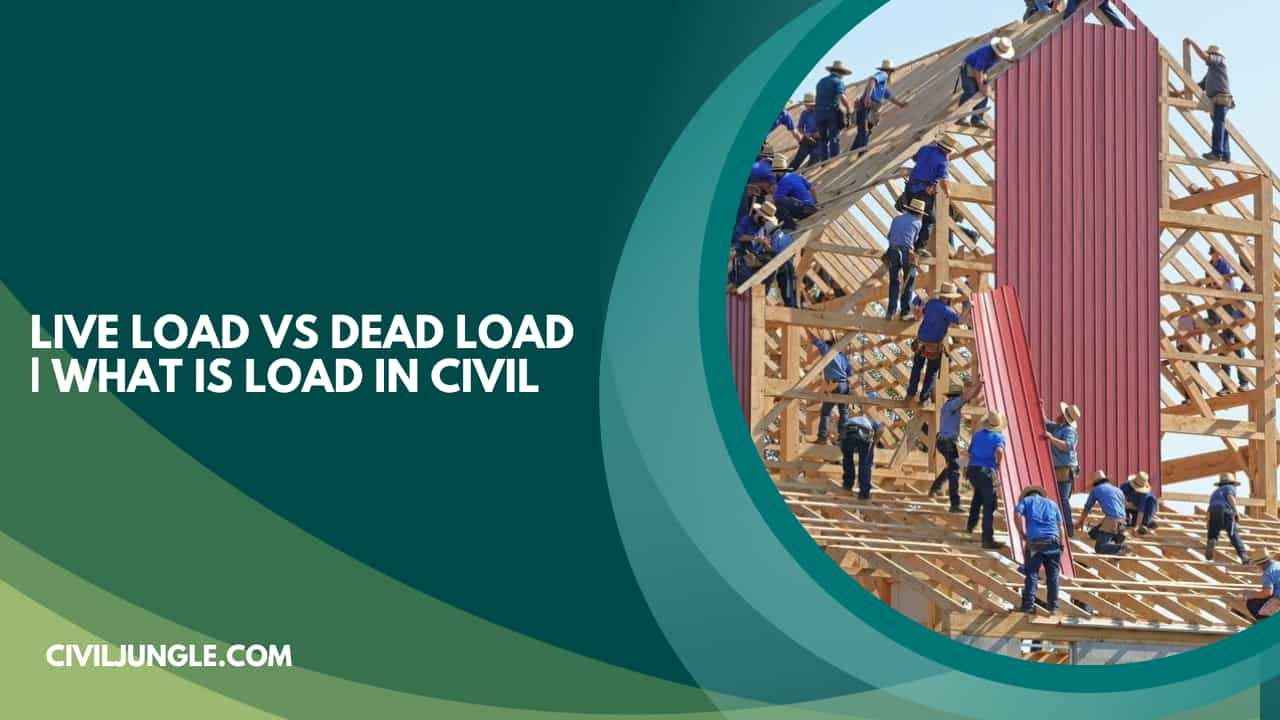
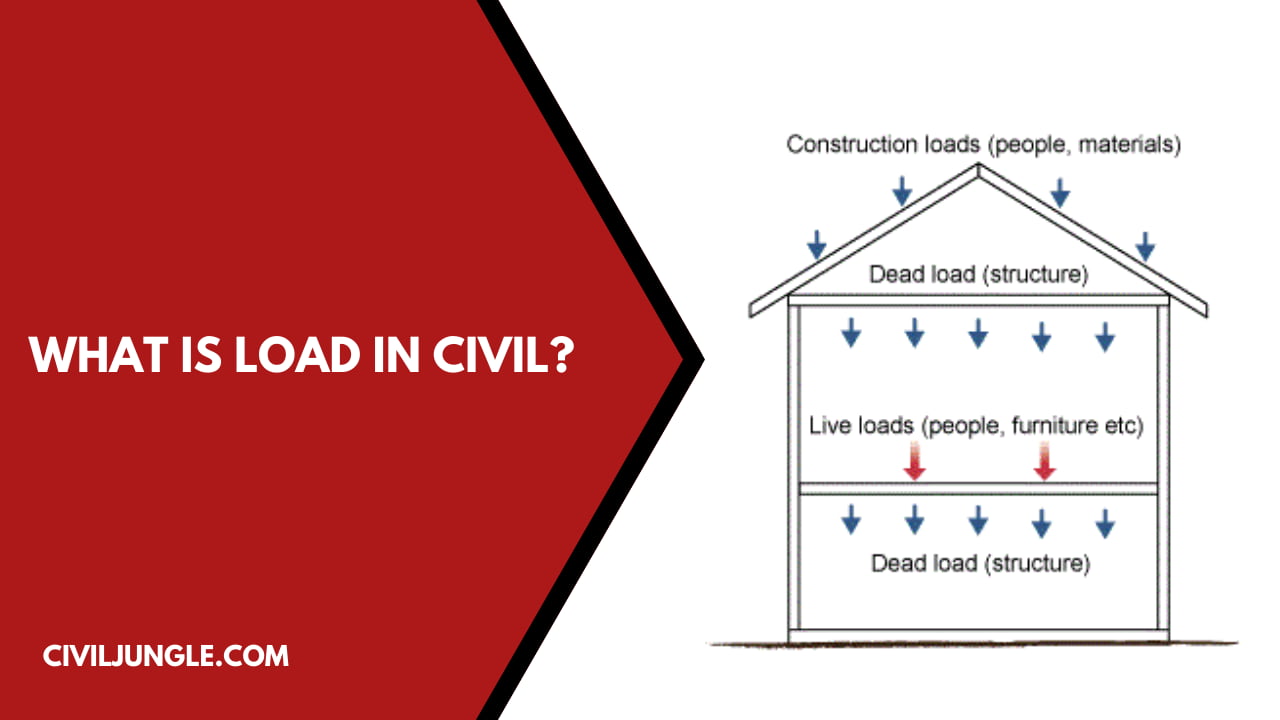
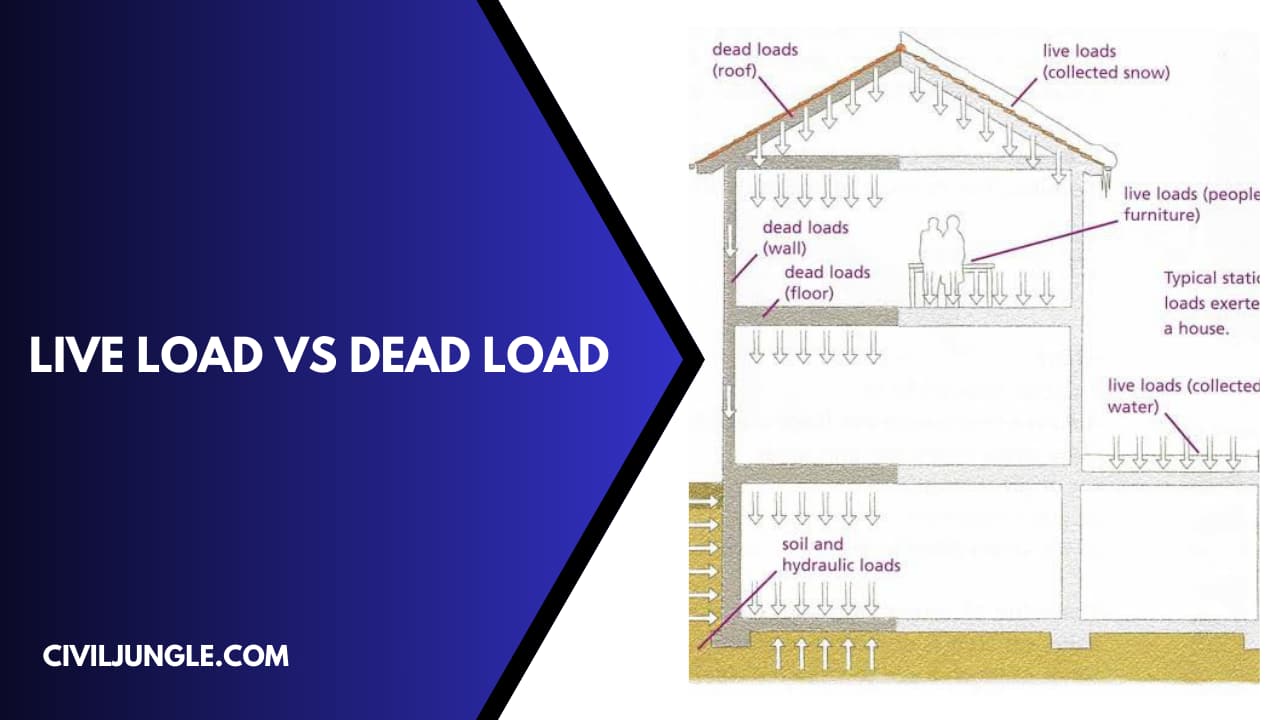
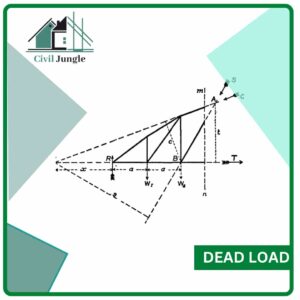
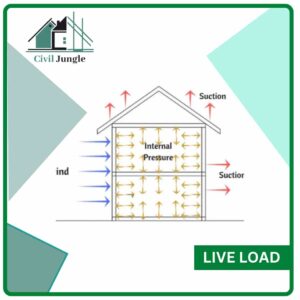
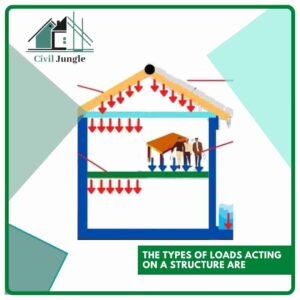

Leave a Reply